Traffic Surveys
- Home
- Traffic Surveys
Traffic Surveys
Featured Traffic Surveys Listings
Browse Traffic Surveys Companies
Traffic Surveys Ireland
Over the past decade, Ireland’s roads have undergone significant changes, as revealed by comprehensive traffic surveys conducted nationwide. These studies have shed light on three critical aspects: environmental impact, urban congestion, and rural road usage. In major cities like Dublin and Cork, the surveys have exposed a worrying trend of increasing carbon emissions, with private vehicles contributing to a staggering 20% rise in CO2 levels since 2013. Urban areas have witnessed a 15% surge in congestion, with commuters spending an average of 45 minutes longer in traffic each week compared to ten years ago. Interestingly, rural roads have seen a contrasting pattern, with a 10% decrease in daily traffic, potentially linked to the growing trend of remote work and urban migration.
Looking ahead, traffic projections for Ireland paint a complex picture of challenges and opportunities. Experts forecast a nationwide shift towards sustainable transportation, with electric vehicle adoption expected to rise by 40% in the next five years. Urban planners are exploring innovative solutions to combat congestion, including the implementation of smart traffic systems that could reduce travel times by up to 25% in major cities. However, rural areas face the prospect of further reduced public transport options, with projections suggesting a 30% decrease in bus services by 2030. These forecasts underscore the need for a balanced approach to Ireland’s traffic management, ensuring both urban efficiency and rural connectivity in the years to come.
